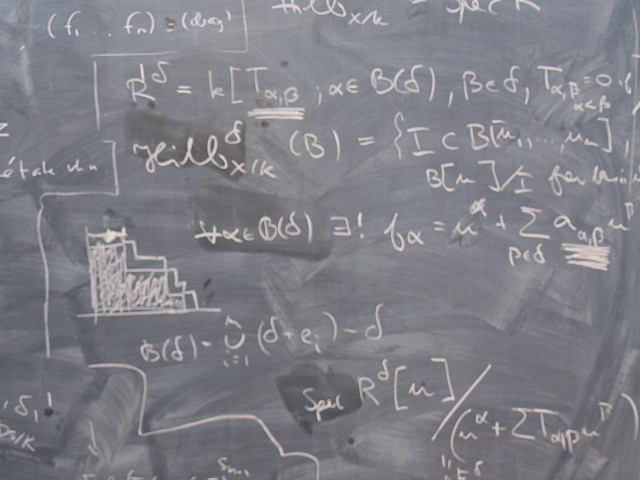After the course, the students should be able to
- Use real and complex numbers, algebraic expressions, inequalities and equations.
- Elementary functions: the natural logarithm, the exponential and power functions, the trigonometric functions, the complex exponential function. The properties of elementary functions. The Euler formulae.
- Logic, proof, induction and recursion, the binomial, sums, products.
- Sequences.
- Define and interpret the fundamental concepts: real numbers, limits, continuity, derivatives, integrals, vectors, dot product, cross product, triple product.
- Investigate curves and analyze inequalities by using derivatives.
- Use vector algebra to evaluate projections, distance, areas and volumes.
- Use Taylor polynomials to approximate functions.
- Evaluate limits using Taylor expansion and l’Hospital’s Rule.
- Solve first or second order linear differential equation with constant coefficients.
- Evaluate some definite integrals using antiderivatives.
- Use the methods of integration to evaluate areas and volumes.
- Determine whether or not an improper integral converges.
- Derive some formulas and theorems.
- The course also connects to mathematical education, by treating for example oral and written presentations of mathematics.
To enhance the mathematical skills of first-year students and thus build sound foundations for further studies of mathematical, scientific and technical subjects at University level.
To give a deeper and broader view of the elements of calculus and vectors treated in upper secondary schools(gymnasium)
To encounter different modes of teaching mathematics.
To provide skills in communicating mathematics, orally as well as in writing.
After the course, the students should be able to
Fundamental concepts
use the fundamental concepts of calculus, linear algebra and geometry: function, limit, continuity, derivative, integral, matrix, determinant, vector.
Usage of language
write mathematical text using notation for variables, parameters, sum, limit, derivative and integral.
Reasoning
perform mathematical reasoning using the fundamental concepts mentioned above.
Mathematical modelling
set up mathematical models and problems expressed in the terms of the fundamental concepts.
Problem solving
use classical solution methods of calculus, linear algebra and vector geometry.
Complementary aims
After the course the student should have
- Achieved a study technique that lays as basis for prosperous learning of the mathematical, scientific and technical subjects.
- Insights on how mathematical tools and thinking can be used in the further education and future professional life.
